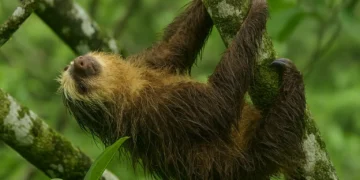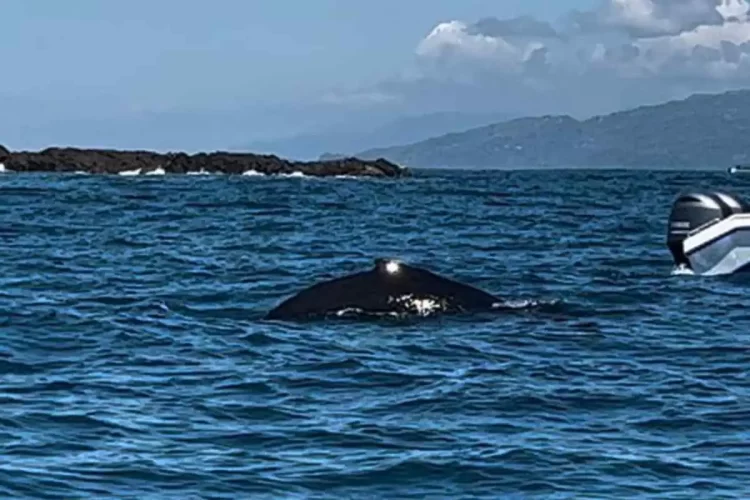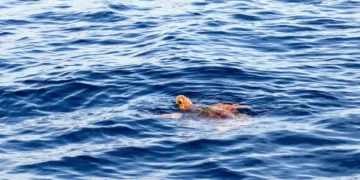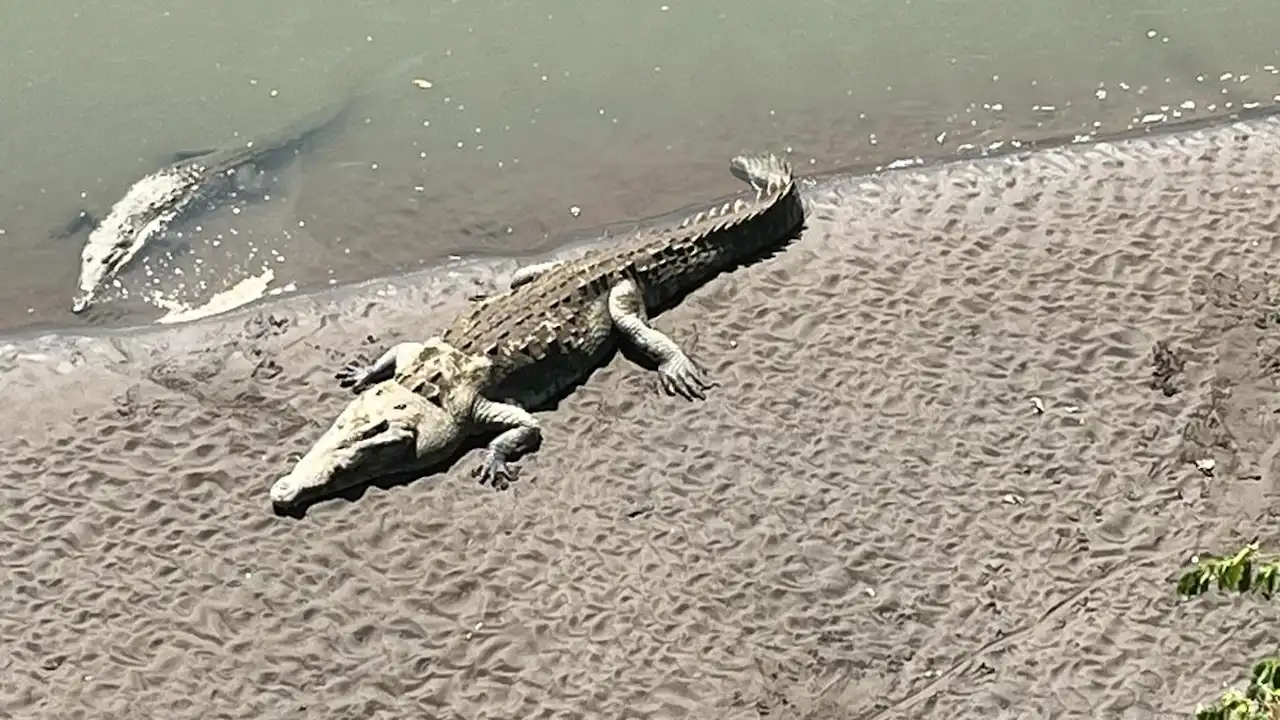How and when to see whales in Costa Rica
To see whales in Costa Rica is an unforgettable experience. If you are a nature and animal lover, Costa Rica is the ideal country for your trip, also to admire the fantastic and rare whales. In fact, humpback whales usually stop off the coast of the Central American country twice a year, at very specific periods. In this article we will tell you about our experience and you will receive certainly useful advice on how to see them.
The best time to see whales in Costa Rica
Considering that a humpback whale can reach up to 18 meters in length, it is not at all easy to spot these fantastic and immense animals. Ruthless hunting and climate change have made their appearances sporadic, although in recent years the trend has been growing significantly. Humpback whales transit in front of Uvita Bay mainly in two periods of the year: from August to October (towards Alaska) and from December to March (towards the South Pole). The whales have identified Costa Rica as an ideal place to both mate and care for their calves, who would otherwise be too small to face the ocean and killer whales.
The mothers fast for long months after stocking up on food in the seas of Alaska and Antarctica, then wait an entire season off the coast of Uvita so that the pups are resistant enough to face long journeys of thousands of kilometers. During mating periods it is possible to see the male specimens performing fascinating pirouettes and water games, while another unmissable sight is watching the mothers looking after their puppies.
Where to see whales in Costa Rica
During your trip to Costa Rica you will be able to see whales on the Pacific coast, where the Marino Ballena National Park is located. Costa Rica is a fundamental “hub” for whales, in our case we were able to admire a 15 meter mother looking after her playful calf. Even though it was February 6th (a less suitable period than August) we stopped off the coast of Uvita and experienced an unforgettable and not at all predictable emotion. The Marine Park is located to the south, about an hour’s drive from the other famous Manuel Antonio National Park and can be reached either by car or bus.
To take a boat excursion, however, you need a local guide, because through a network of acquaintances the tour operators always know where to go to look for whales. We can only recommend the experience we had firsthand with Ballena Tour.
How the excursion to Marino Ballena takes place
The Costa Rica whale watching excursion departs from a small office in Uvita, from which you will travel to the coast (short walk). Here you will find a boat that will provide water and fresh fruit to guests, after which the boat will set off and after about twenty minutes of pleasant crossing you will arrive at the point of interest.
Don’t lose heart if you don’t see a whale at first sight, during the trip the crew is continuously updated on any sightings. While waiting you can take a refreshing bath and perhaps admire dolphins and sea turtles.
How much does it cost to see whales in Costa Rica?
As always we recommend what we have tested. It would be useless to give you something we didn’t know, so here is a detailed sheet:
Tour operator: Ballena Tour
Price per person: 88.41 euros
Duration: approximately 2h
Recommendations: We recommend bringing sunscreen, a hat and something to cover yourself. It could be cooler in the open sea than on land.
How to get to Marino Ballena
If you intend to rent a car, the route to get to Uvita is very easy and you just need to follow these directions.
If you intend to reach Uvita by bus, here is the route of the line that connects San José to the southern coastal town:
Company: AUTOTRANSPORTES BLANCO LOBO
Departure: Avenue 9 San José
Arrival: 34, Puntarenas Province
Price per person: $11
Duration: 3h and 45m
Times: single journey at 12:00








